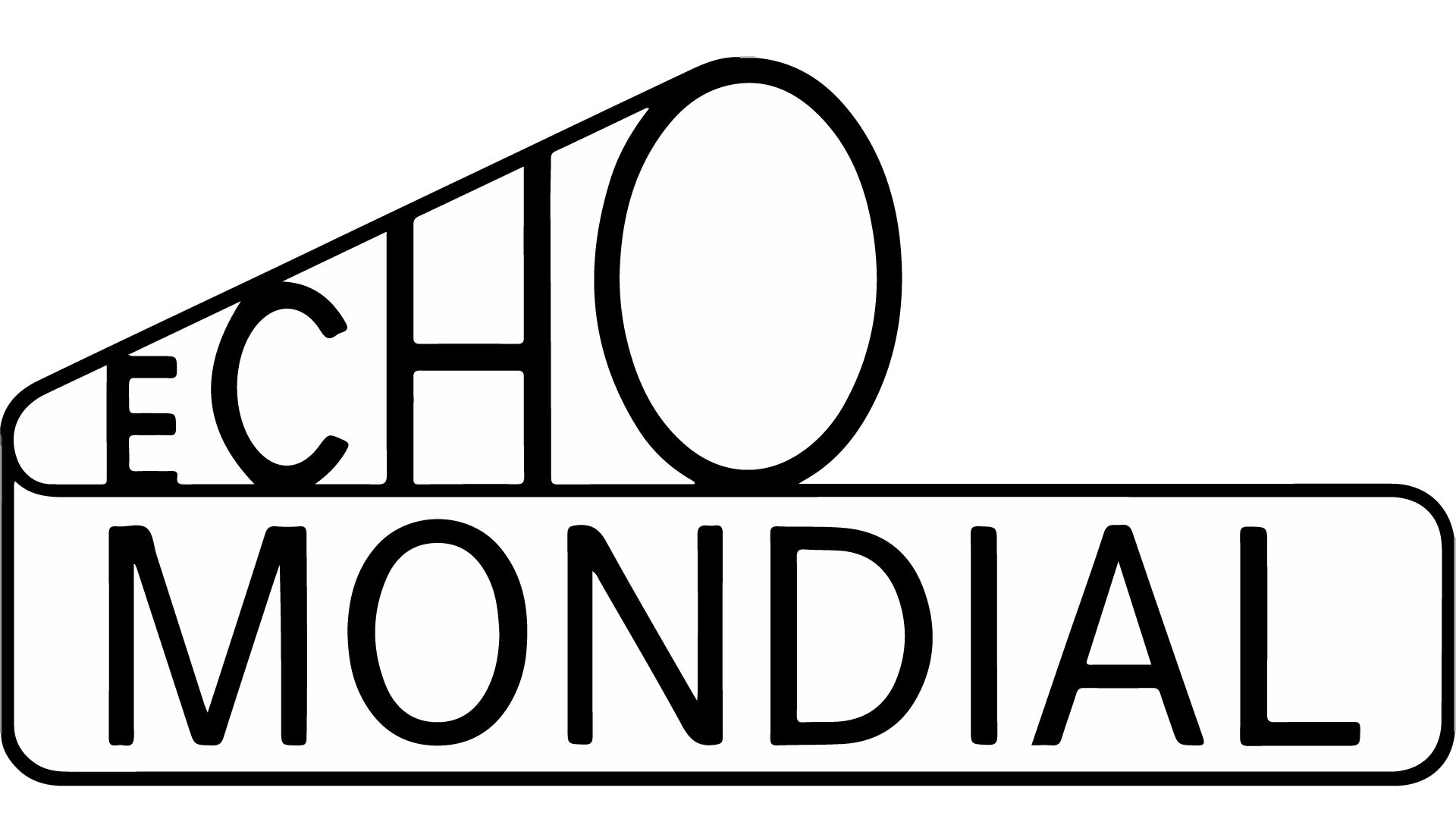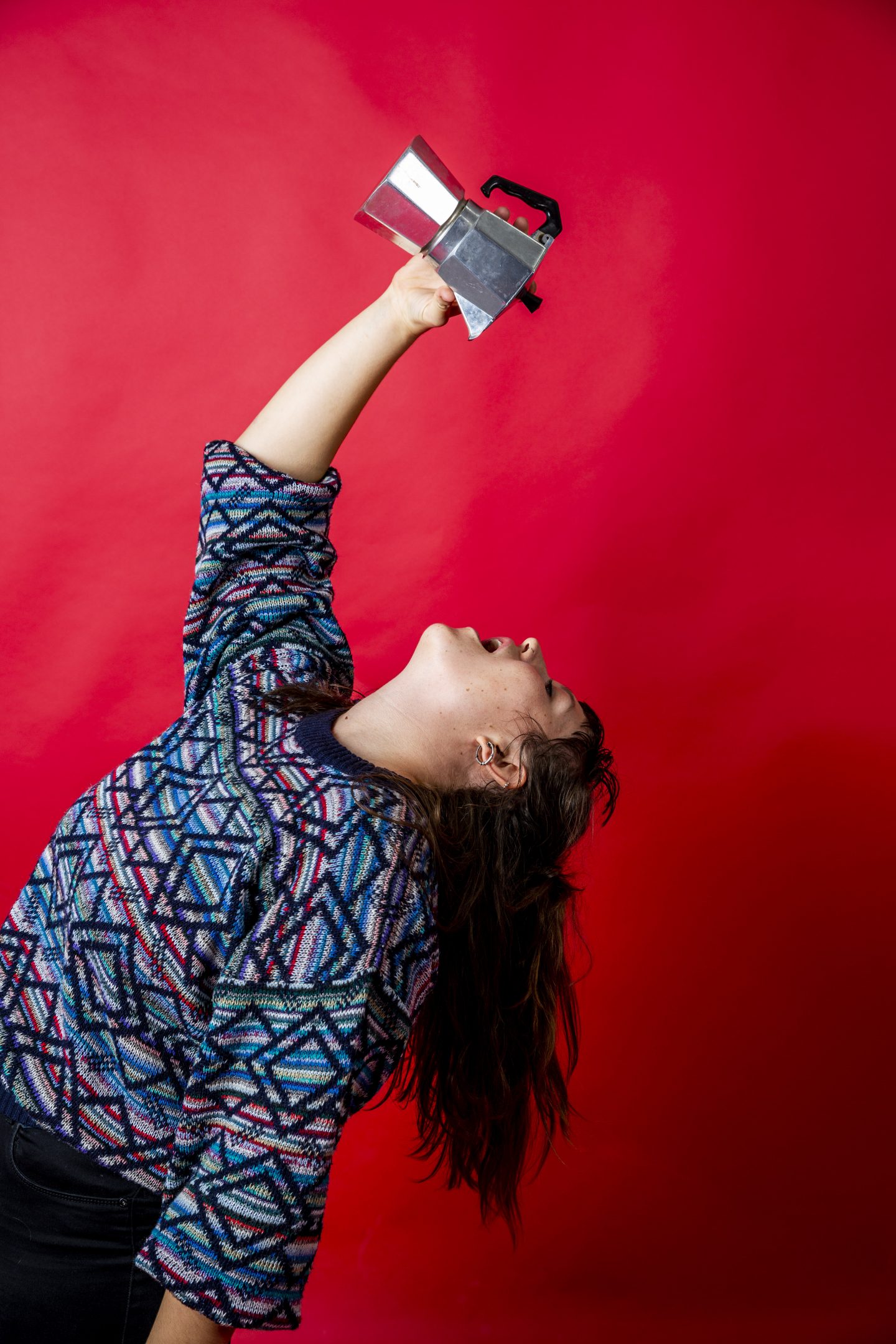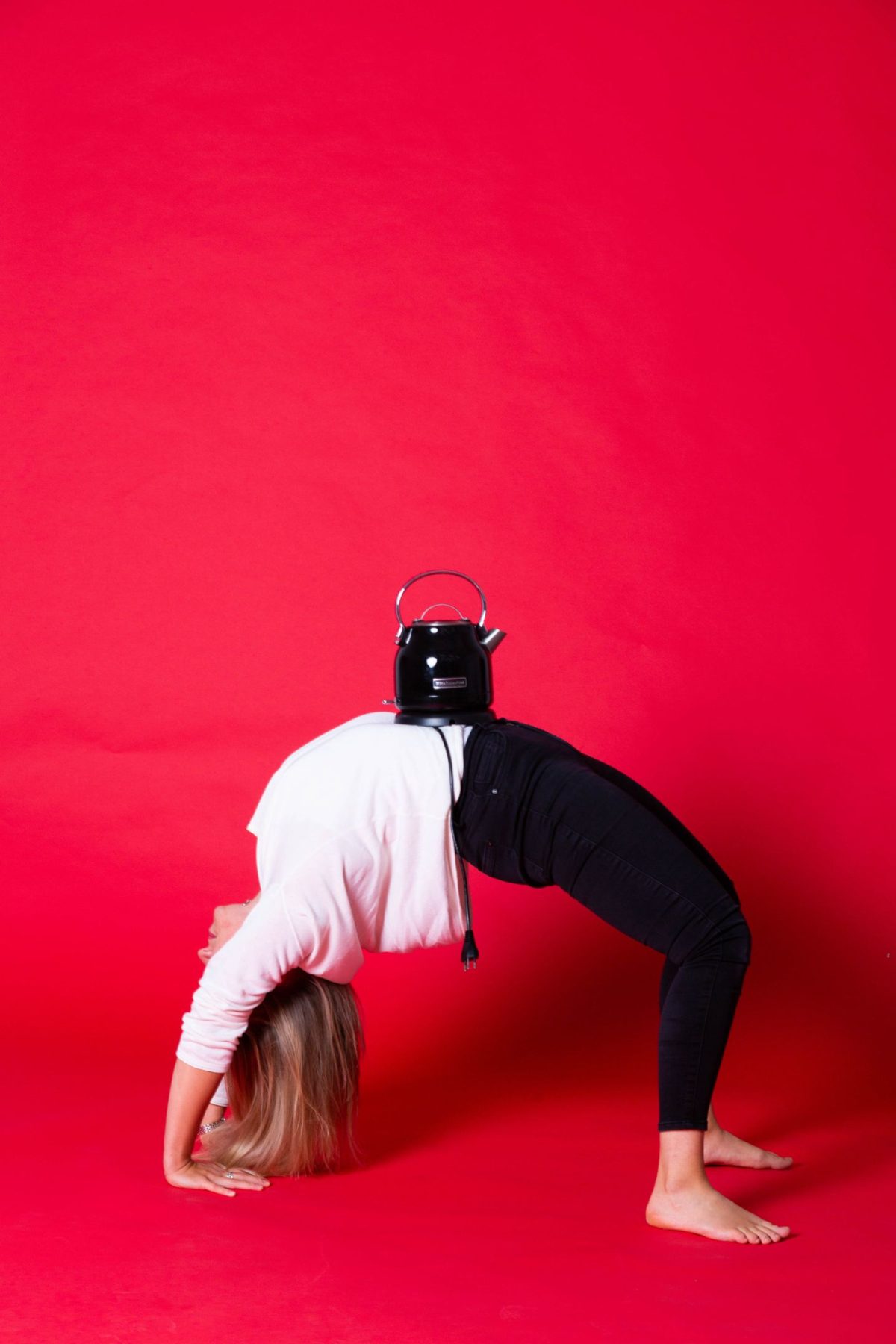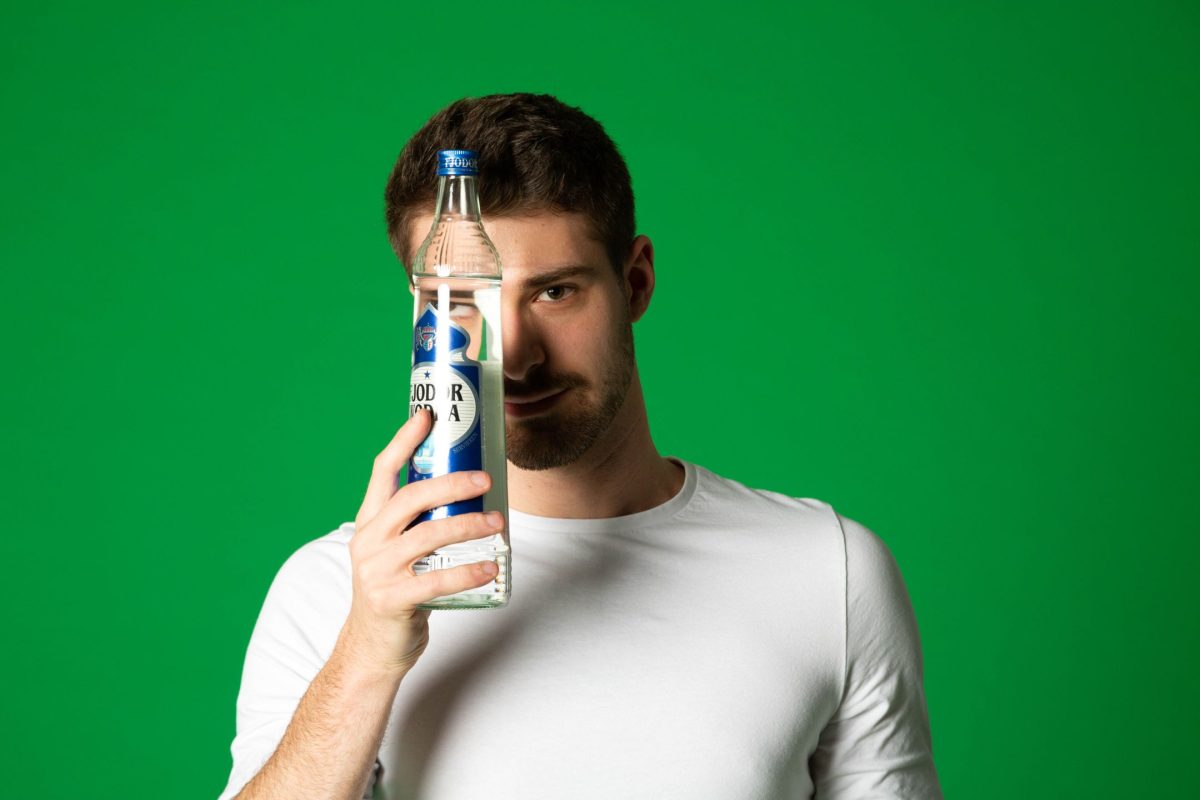from Lucerne University of Applied Sciences and Arts,
BA Camera Arts
to EKA Tallinn
spring semester 2020
The subject of this book is not the void exactly, but rather what there is round about or inside it. To start with, then, there isn’t very much: nothingness, the impalpable, the virtually immaterial. Extension, the external, what is external to us, what we move about in the midst of, our ambient milieu, the space around us.
Space. Not so much those infinite spaces, whose mutism is so prolonged that it ends by triggering off something akin to fear, nor the already almost domesticated interplanetary,
intersidereal or intergalactic spaces, but spaces that are much closer to hand, in principle anyway: towns, for example, or the countryside, or the corridors of the Paris Metro, or a public park.
We live in space, in these spaces, these towns, this countryside, these corridors, these parks. That seems obvious to us. Perhaps indeed it should be obvious. But it isn’t obvious, not just a matter of course. It’s real, obviously, and as a consequence, most likely rational. We can touch.
We can even allow ourselves to dream. There’s nothing, for example, to stop us from imagining things that are neither towns nor countryside (nor suburbs), or Metro corridors that are at the same time public parks. Nor anything to forbid us imagining a Metro in the heart of the
countryside [campagne] (I’ve even before now seen an advertisement to that effect, but it was – how shall I put it? – a publicity campaign [campagne]).
What’s certain, in any case, is that at a time too remote no doubt for any of us to have retained anything like a precise memory of it, there was none of all this: neither corridors, nor parks, nor towns, nor countryside. The problem isn’t so much to find out how we have reached this point,
but simply to recognize that we have reached it, that we are here. There isn’t one space, a beautiful space, a beautiful space round about, a beautiful space all around us, there’s a whole lot of small bits of space, and one of these bits is a Metro corridor, and another of them is a
public park. Another – and here we suddenly enter much more particularized spaces – originally quite modest in size, has attained fairly colossal dimensions and has become Paris, whereas a space nearby, not necessarily any less well-endowed to begin with, has been content to remain Pontoise. Still another space, much larger and vaguely hexagonal, has been surrounded by a broad dotted line (innumerable events, some of them particularly weighty, had
as their sole purpose the tracing out of this dotted line) and it has been decided that everything found inside this dotted line should be coloured violet and be called France, while everything found outside this dotted line should be in a different colour (although, outside the aforesaid hexagon, they weren’t in the least anxious to be of a uniform colour: one bit of space wanted its colour and another bit its, whence the famous problem in topology of the four colours,
unresolved to this day) and have a different name (in fact, and for quite a few years,
there was a strong insistence on colouring violet – and thereby calling France – bits of space that
didn’t belong to the aforesaid hexagon, but were often far distant from it, but, generally speaking, that didn’t last half so well).
In short, spaces have multiplied, been broken up and have diversified. There are spaces today of every kind and every size, for every use and every function. To live is to pass from one space to another, while doing your very best not to bump yourself.
– Foreword from Species of Spaces (1974) and Other Pieces by Georges Perec
https://vimeo.com/477059017

https://vimeo.com/477061966
https://soundcloud.com/user-745516879/sequenz




